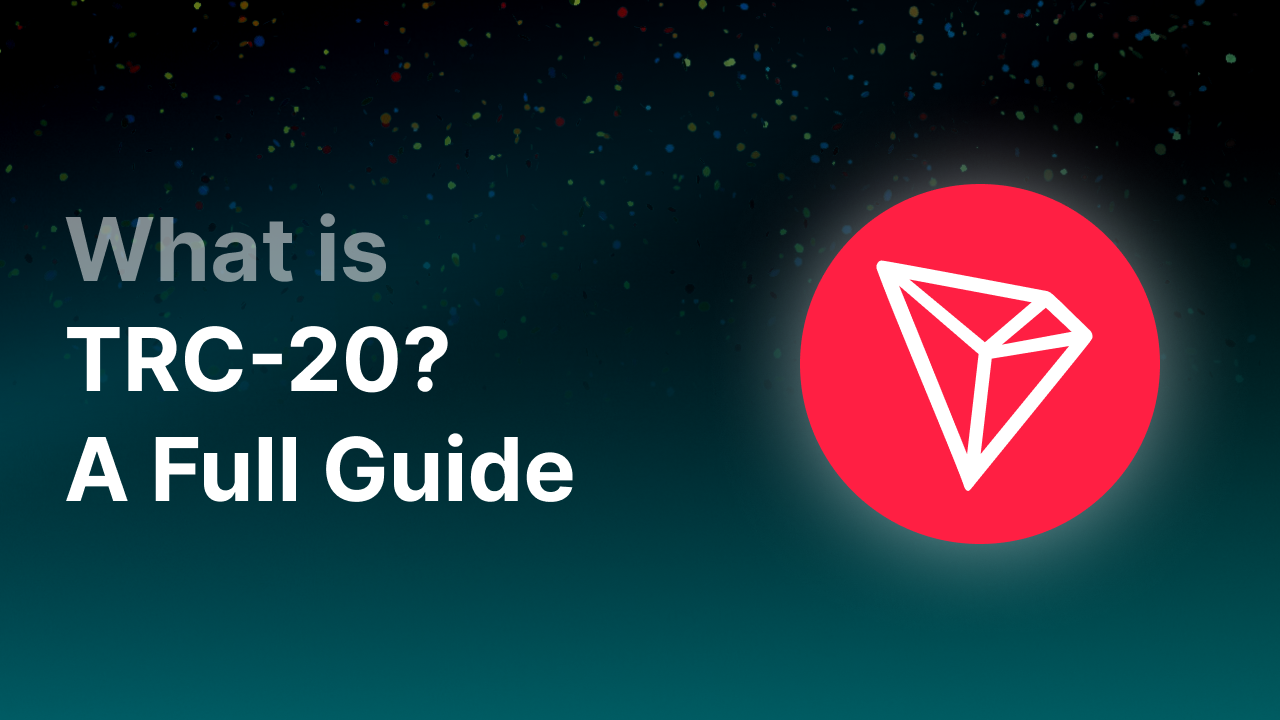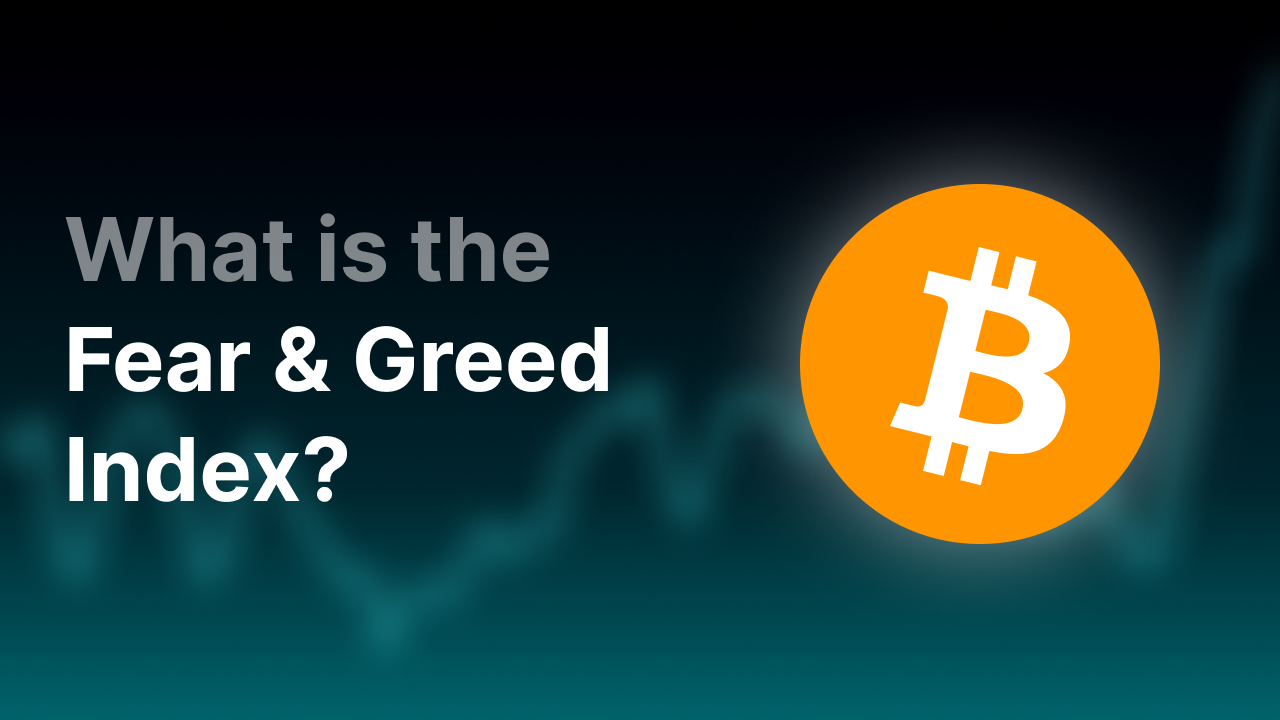The Binance Smart Chain (BSC) Explained

What Is the Binance Smart Chain (BSC)?
The Binance Smart Chain (BSC) is a blockchain developed by Binance. They created BSC to enable fast and low-cost peer-to-peer transactions and to build scalable decentralized applications (dApps) on the Binance blockchain. On BSC, various DeFi solutions have been built or are being built, such as DEXs and lending platforms. In addition, the Binance Smart Chain is suited for creating and trading NFTs through the BEP-721 token standard.
BSC was launched in 2020 as an extension of the original Binance Chain. The Binance Chain is a robust network designed specifically for fast and secure transactions but offers very limited support for smart contracts. That is why BSC was developed: to give the Binance blockchain ecosystem more functionality. The Binance Smart Chain provides developers with infrastructure to build dApps more quickly and at lower transaction costs, similar to Ethereum.
Developers can also easily port Ethereum dApps from Ethereum to BSC thanks to compatibility with the Ethereum Virtual Machine (EVM).
Due to the network’s efficiency and the rapid growth of DeFi applications, BSC quickly became one of the most popular blockchains for both developers and users.
Comparison with Ethereum:
Like Ethereum, BSC supports smart contracts and dApps, but BSC distinguishes itself with faster block times (about 3 seconds) and lower transaction costs. This is because BSC uses a smaller group of validators and applies the PoSA consensus mechanism (Proof of Staked Authority). As a result, BSC can process significantly more transactions per second than Ethereum, while keeping costs low for users.
Key Takeaways
- The Binance Smart Chain (BSC) is a fast, scalable, and low-cost blockchain designed for executing smart contracts and running dApps within the BNB Chain ecosystem.
- BSC uses the Proof of Staked Authority (PoSA) consensus mechanism, in which 21 validators produce new blocks roughly every 3 seconds and validate transactions at low cost.
- Thanks to full EVM compatibility, developers can easily port Ethereum dApps to BSC and use Solidity, existing tooling, and wallets such as MetaMask.
- The BSC ecosystem supports a wide range of applications, including DEXs, lending platforms, staking protocols, NFT marketplaces, GameFi projects, and token creation via the BEP-20 standard.
- BSC operates alongside the BNB Beacon Chain, which handles governance, staking, and validator elections; together they form the BNB Chain infrastructure with cross-chain interoperability between both chains.
How Does the Binance Smart Chain (BSC) Work?
The Binance Smart Chain validates and processes transactions on its own blockchain within the BNB Chain network. BSC uses a unique consensus mechanism called Proof of Staked Authority (PoSA). This system combines two algorithms: Proof of Stake (PoS) and Proof of Authority (PoA).
Here is how it works:
Validators stake BNB tokens as collateral to validate transactions and add new blocks to the BSC blockchain. As a reward, validators receive transaction fees (gas fees) in BNB. No new BNB tokens are created through block rewards, meaning BNB does not have traditional inflation. On the contrary, the automatic burn mechanism reduces the total supply of BNB over time.
There are 21 active validators producing blocks, with an average block time of about 3 seconds. Because there are relatively few validators, blocks can be created quickly. This gives BSC high transaction throughput and low gas fees, making the network suitable for both microtransactions and larger transfers.
The Binance Smart Chain is EVM-compatible. BSC uses the same programming language (Solidity) as Ethereum for writing smart contracts, along with a similar contract structure. As a result, developers can easily port existing Ethereum applications to BSC or build new dApps using familiar tooling. Users also benefit from this: many wallets and dApps that work on Ethereum also work on BSC.
Example: MetaMask can be used to store and manage both Ethereum tokens and BSC tokens. Within MetaMask, you can easily switch between different blockchains based on Ethereum’s structure and connect to various dApps on these networks.
Finally, BSC supports interoperability with the Binance Chain (now the Beacon Chain). This cross-chain functionality allows tokens to be moved between the two chains through bridges.
Are BSC and BNB Chain the Same?
The terms Binance Smart Chain and BNB Chain are often confused, which is understandable. The names sound similar, but they refer to two separate blockchains within the same ecosystem.
The BNB Beacon Chain (formerly Binance Chain) is used for governance, staking, and managing validator elections, while the Binance Smart Chain (also known as the BNB Smart Chain) is the blockchain where smart contracts are written and executed and where dApps run.
Transactions on the network are validated by 21 active validators on BSC. The Beacon Chain is used for selecting these validators through an election mechanism in which participants can delegate their BNB to validator candidates. These participants are called delegators. The Beacon Chain is also used for submitting and voting on improvement proposals (BEPs).
What Can You Do with the Binance Smart Chain (BSC)?
The Binance Smart Chain (BSC) is a blockchain on which you can execute smart contracts and build and use dApps. Here’s what you can do with BSC:
Use Decentralized Exchanges (DEXs)
On the Binance Smart Chain, you can use various DEXs. These are decentralized trading platforms where you can trade BEP-20 tokens. Examples include PancakeSwap, Biswap, and DODO. On these platforms, you can trade tokens easily without intermediaries. You simply connect your wallet (such as MetaMask or Trust Wallet) to the dApp. You pay network fees (gas fees), which go to liquidity providers and validators for enabling blockchain transactions.
Use DeFi platforms for lending, borrowing, and staking
Besides DEXs, other DeFi applications are popular on BSC, such as lending and borrowing platforms. These platforms allow you to lend your tokens and earn interest. You can also borrow tokens, paying interest on the borrowed amount. Well-known examples on BSC include Venus Protocol and Alpaca Finance.
There are also several staking protocols on BSC where you can stake your BNB or BEP-20 tokens for an APY, such as on PancakeSwap, Ankr, Stader Labs, or Beefy Finance.
Mint, trade, and use NFTs in applications
BSC is ideal for creating, using, and trading NFTs. Thanks to the BEP-721 token standard, users can mint and trade non-fungible tokens easily on NFT marketplaces. Think of digital art, collectibles, game items, and other unique digital assets.
The BEP-1155 token standard is also available on BSC, allowing both fungible and non-fungible tokens to be managed within a single contract. This is particularly useful for gaming applications and metaverse projects.
Use blockchain gaming and play-to-earn applications
Thanks to low transaction costs and high speed, BSC is attractive for blockchain gaming. BSC is ideal for applications that require many interactions, such as games. Developers can build play-to-earn applications in which users can earn NFTs or other tokens, such as BEP-20 tokens, by playing. Think of rewards for completing tasks.
Users can then withdraw these tokens from the game, trade them, or use them in other applications. Many BSC games use NFTs for in-game assets, such as weapons, skins, or characters. Since transactions are cheap, players can perform hundreds of interactions without high costs. This has led to rapid growth in gaming projects within the BSC ecosystem.
Launch new tokens with the BEP-20 token standard
The backbone of BSC is the BEP-20 token standard. It enables developers to create tokens that are compatible with dApps on the platform. The standard resembles Ethereum’s ERC-20 token standard and allows developers to create many types of tokens: from memecoins to utility and governance tokens, all at low cost.
Use cross-chain interoperability
The cross-chain interoperability of BSC enables users to move tokens to other blockchains via bridges, such as the Binance Bridge. For example, tokens can be moved to the BNB Beacon Chain or to Ethereum. This gives users flexibility in where they want to store and trade their tokens.
Final thoughts
The Binance Smart Chain (BSC) has evolved into one of the most accessible and versatile blockchains within the Web3 ecosystem. Thanks to low transaction costs, fast block times, and full compatibility with Ethereum, BSC offers developers and users a scalable infrastructure for building and using dApps. Whether it involves DeFi, NFTs, GameFi, staking, or launching new tokens, BSC makes these applications simple, affordable, and efficient. Combined with the BNB Beacon Chain, BSC forms a powerful and flexible network that is constantly being expanded and improved, playing an important role in the ongoing growth of blockchain technology.
__01KC926A15P1A0X3VR6DBBV1FK.png)



